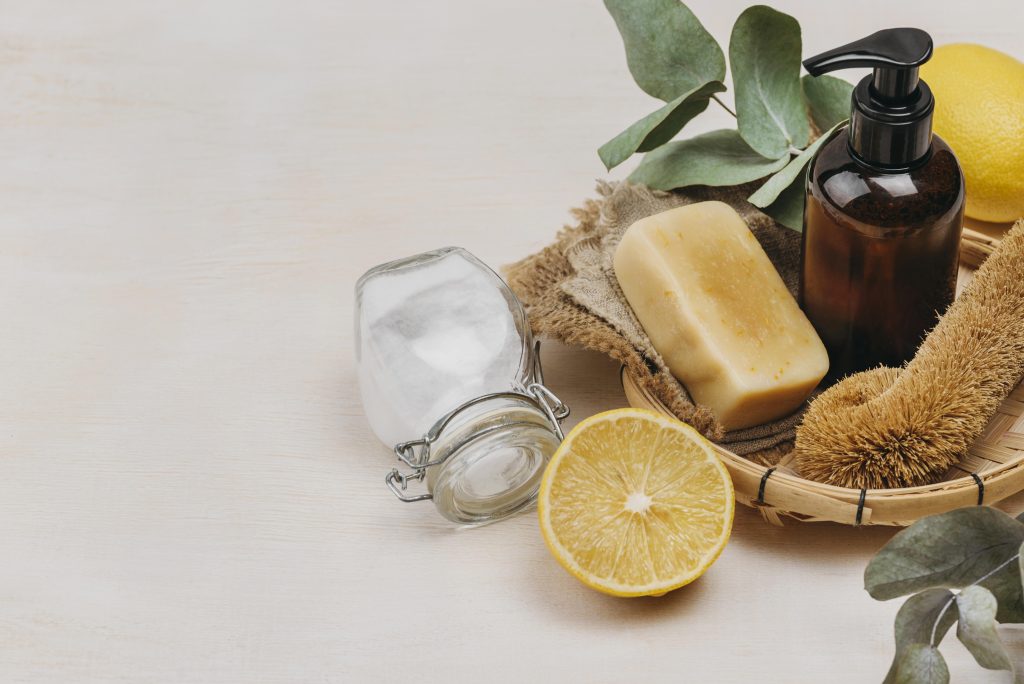Fragrances usually represent less than 3% of soap composition. While it may seem an insignificant percentage, their addition contributes to product identity and user satisfaction. In personal care products, the scent is often the first thing people notice, and it plays a major role in the buying decision.
However, maintaining fragrance stability in soap throughout its lifecycle, especially during storage and repeated use, remains a technical challenge.
Main causes of fragrance loss in soap and how to prevent them
Fragrance loss in soap can occur during production, storage, or use, and is influenced by a variety of physical, chemical, and environmental factors. One of the most significant causes is oxidation, a process where volatile fragrance compounds interact with oxygen, resulting in altered or diminished scent profiles. Oxidation is particularly aggressive in soaps containing unsaturated compounds, such as terpenes, which are more reactive with oxygen and UV light.
Fragrance oil for soap making include volatile components like limonene and linalool are especially prone to evaporation or breakdown, often resulting in a noticeable difference between the scent of a new bar of soap and one that has been used multiple times. Fragrance intensity drops sharply after the first and third uses, with compounds such as limonene and geraniol degrading faster than others [1].
Another key contributor to scent degradation is exposure to heat and light, which can accelerate chemical reactions within the soap matrix. High temperatures during storage or transport can volatilize or decompose sensitive aromatic compounds.
Preventing fragrance loss begins with understanding these mechanisms. Measures such as selecting stable fragrance ingredients, avoiding high-pH formulations, and using air-tight and light-resistant packaging are all essential strategies. However, for long-term scent preservation, incorporating stabilizing agents into the formulation is often necessary.
Best practices to improve fragrance stability in soap with natural formulation
Fragrance stability in soap depends on several formulation and environmental factors. Many natural scents contain terpenes such as limonene, linalool, or geraniol, especially prone to oxidation and affected by various factors:
- One of the most important formulation variables is pH. Fragrance components like esters and aldehydes are highly sensitive to extreme pH levels, particularly in alkaline soap bases, leading to chemical breakdown and off-odors. Maintaining a balanced pH helps preserve fragrance integrity throughout the product’s shelf life.
- Using stable oils with lower levels of unsaturation reduces oxidative reactions that might otherwise destabilize the aroma profile.
- Other ingredients, such as natural thickeners, gums, or surfactants, can affect how quickly fragrance is released. Surfactants with different hydrophilic-lipophilic balance (HLB) values interact differently with fragrance molecules, influencing their volatility and retention.
- Packaging and storage conditions are essential. Exposure to light, oxygen, or elevated temperatures accelerates the oxidation of fragrance compounds. Using airtight, opaque packaging and advising cool, dry storage helps preserve scent quality.
While these formulation and handling strategies are effective, the inclusion of antioxidants adds a critical layer of protection that actively defends against oxidative degradation.
How natural antioxidants help preserve fragrance stability in soap over time
Natural antioxidants act by neutralizing free radicals and slowing down the oxidative reactions responsible for degrading aromatic compounds. In soap formulation, these antioxidants protect both the fatty components and the volatile fragrance molecules, allowing the product to maintain its olfactory character throughout its lifespan.
Compounds such as natural tocopherols (vitamin E) are particularly effective in this role. As lipophilic antioxidants, tocopherols integrate seamlessly into the soap matrix and stabilize unsaturated molecules by halting radical chain reactions. Moreover, natural antioxidants align with the growing demand for clean-label and eco-friendly products, moving away from suspicions of endocrine disruptors posed by synthetic antioxidants. Unlike synthetic stabilizers, which may raise regulatory or consumer acceptance issues, natural tocopherols offer both performance and sustainability.
Btsa has developed Bioxan®, a line of natural antioxidant systems specifically designed to protect sensitive ingredients like aromatic compounds in cosmetic formulations. Based on non-GMO mixed tocopherols, Bioxan® helps to extend fragrance stability by limiting oxidation. Its application in soap not only maintains olfactory consistency during storage and use but also aligns with the growing demand for clean-label and environmentally responsible solutions.
By protecting the integrity of volatile aromatic compounds, Bioxan® contributes to higher product quality, longer shelf life, and enhanced consumer satisfaction.
Sources
[1] Zhu M. Rapid study of fragrance loss from commercial soap after use by solid phase microextraction-GC/MS and olfactory evaluation. Anal Sci. 2006 Sep;22(9):1249-51. doi: 10.2116/analsci.22.1249.

